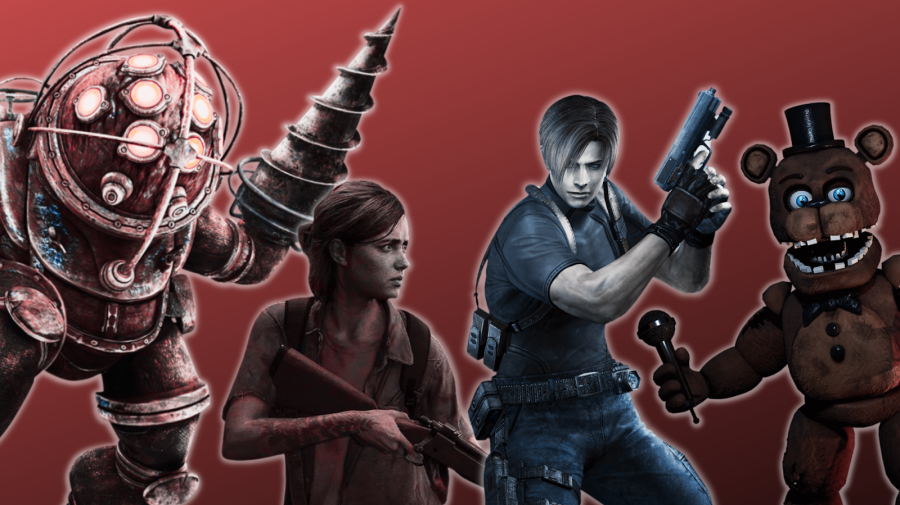
There’s something about the horror genre and the medium of video games that gels so well. That “something” is probably the interactivity — the sense that you have control of the situation that’s unfolding. It is survival horror, after all. Unlike a movie, you’re not cursing out the protagonist for being unable to open a door while a threat looms behind them. Instead, you are that key-fumbling character.
Steeped in atmosphere; stocked with jump-scares that send actual jolts through your controller; and mired in that claustrophobic feeling that comes with being “stuck” in the boundaries of a world on your screen, horror games are incredibly fun to play. Well, the good ones are a blast, anyway — sometimes literally.
From the haunted animatronics of Five Nights at Freddy’s to the screeching, zombie-like Clickers of The Last of Us, the lurking terrors in these titles help to make these video games some of the horror genre’s best offerings.
Five Nights at Freddy’s
Simple in concept but full of bone-chilling moments, Scott Cawthon’s Five Nights at Freddy’s (FNaF) quickly became a bona fide horror classic when it debuted on August 8, 2014. And, honestly, an all-out phenomenon with gamers of all ages. The point-and-click game also hit it big in the “Let’s Play” community, with YouTubers and Twitch users streaming FNaF in huge numbers.
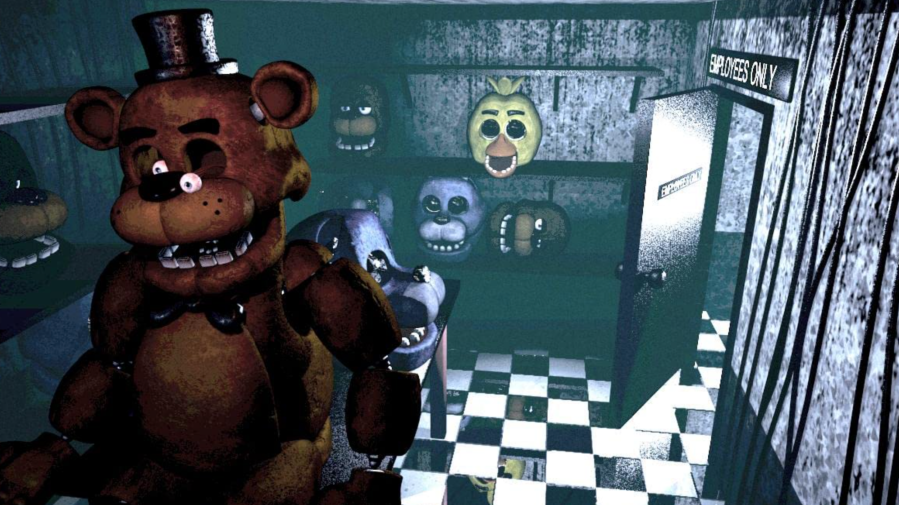
So, what’s Five Nights at Freddy’s about? Well, you play as a security guard who’s tasked with working the graveyard shift at Freddy Fazbear’s Pizza — a creepy sendup of Chuck E. Cheese, complete with the animatronic, music-playing animals. The only difference? The mechanized musicians in Freddy’s come to life at night and stalk the halls, hungry for homicide. And survival is not a piece of cake — or, er, slice of pizza.
Resident Evil 4
As of late, gamers have been fawning over Lady Dimitrescu, the hat-wearing, cult member and mass murder-turned-cannibal who came to define 2021’s Resident Evil Village. And while Lady Dimitrescu’s star power can’t be denied, a different entry in Capcom’s tried-and-sometimes-true survival horror series takes the top spot.
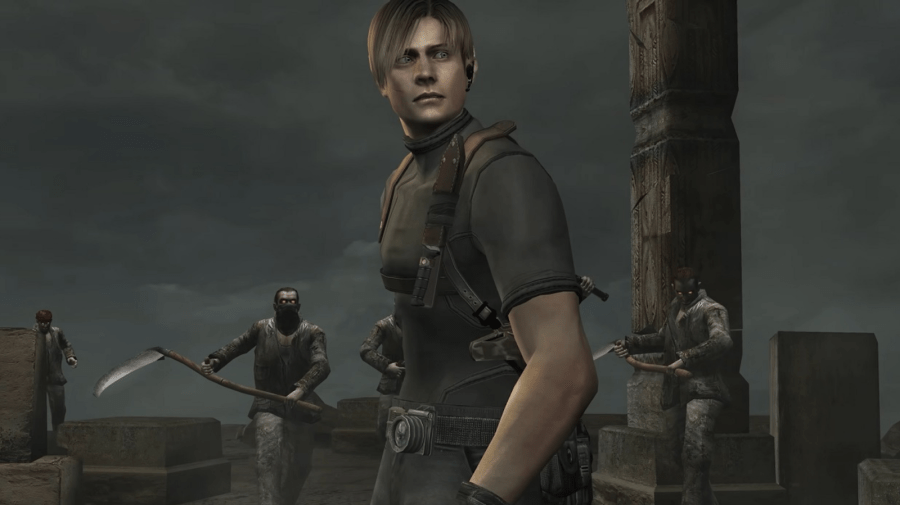
Resident Evil 4 (RE4) is nothing short of a masterpiece. Since its initial release on the GameCube in 2005, it has been ported and remastered time and time again — and for good reason. Here, you play as Resident Evil regular Leon S. Kennedy, a special agent (with enviable hair) who’s tasked with rescuing the president’s daughter, Ashley Graham, from a sinister cult.
In true RE fashion, the game gives us zombie-like villains; instead of the series’ ever-present T-virus, we battle the parasite-spawned Plaga. Throughout the game, you’ll square off against Plaga-infected villagers, chainsaw-wielding sisters, and spike-riddled monsters that are fittingly called Iron Maidens and other bizarre bio-weapons.
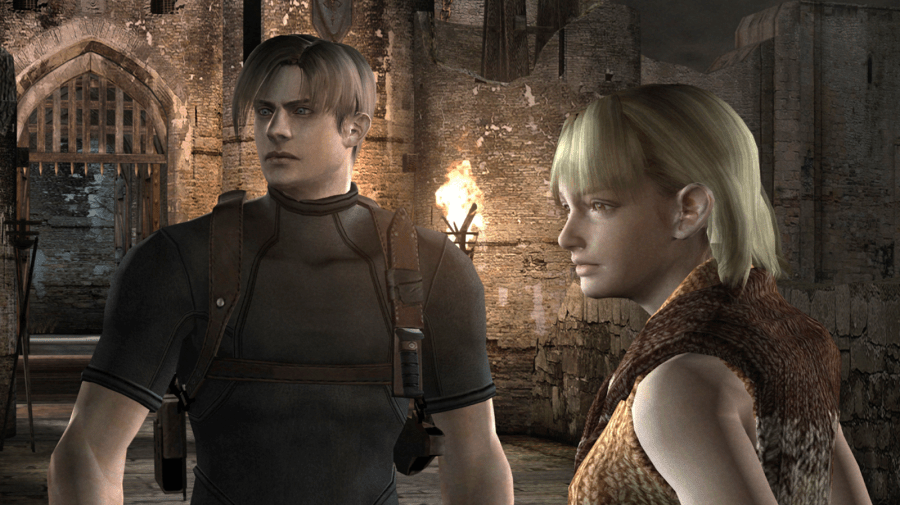
For me, part of RE4’s thrill comes from the fact that you have to stand still to shoot. That’s right — there’s no running-and-gunning here. At times that can be a source of frustration, for sure, but, for the most part, it just makes space for heart-pounding dashes to fleeting safety.
Plus, this installment in the Resident Evil franchise features fan-favorite character Ada Wong and introduced us to the strangely memorable “What are ya sellin’?” cloak-wearing Merchant.
Eternal Darkness: Sanity’s Requiem
While Metal Gear Solid’s Psycho Mantis boss fight held the title of “best psychological horror moment in gaming” for a bit, it’s safe to say that Eternal Darkness dethrones Hideo Kojima’s well-executed moment of terror. Developed by Silicon Knights, the game follows Alexandra Roivas, a college grad who, following her grandfather’s death, discovers a strange tome in his Rhode Island mansion.
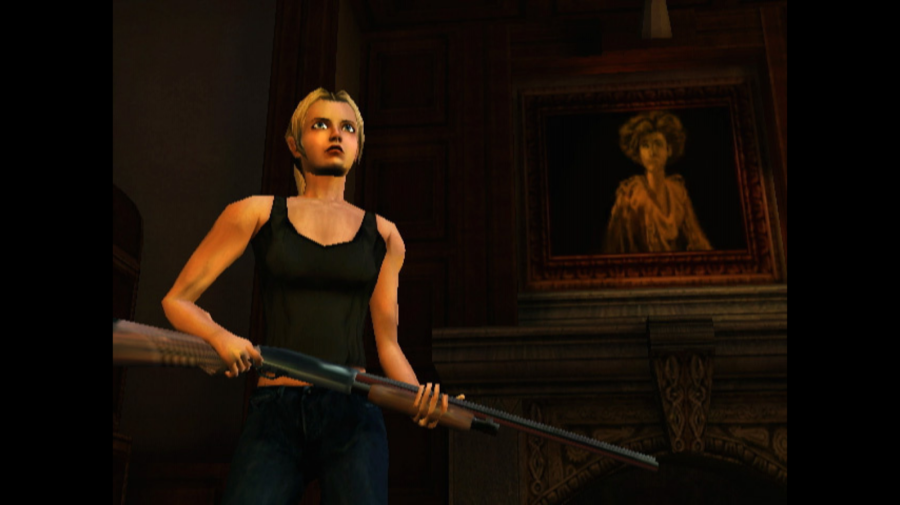
This book transports you across many centuries, into the lives of 12 chosen characters who have all been touched by an arcane and ancient evil. That kind of time-bending narrative is compelling, for sure, but what really sets Eternal Darkness apart is its sanity meter — an onscreen bar that monitors your level of unhingedness.
If your sanity drops, you’ll notice strange (and often bloody) things start happening to your character — but those things turn out to be hallucinations… Needless to say, the game keeps you on the edge of your seat as you start questioning Eternal Darkness’ invented reality and your perception of it.
Until Dawn
You might recognize the survival horror hit Until Dawn as that game that stars the likes of Oscar- and Emmy-winner Rami Malek (Mr. Robot) and Hayden Panettiere (Heroes, Scream 4), and that’s certainly one of its hallmarks. Released early on in the PlayStation 4’s life cycle, Supermassive Games’ hit saw recognizable actors providing the voices and full motion-capture (mo-cap) performances for characters who looked quite a bit like them.
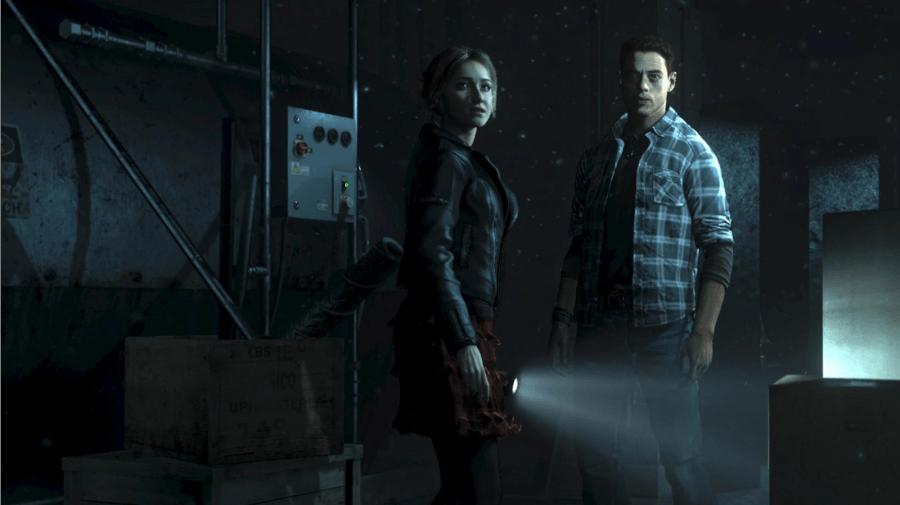
While mo-cap isn’t anything new in gaming, the level of artistry here takes things to the next level. But the performances aren’t the BAFTA-winning game’s only merits. Until Dawn revolves around a group of teenagers who head to a cabin on top of a hard-to-access snowy mountain to commemorate — what else? — the one-year anniversary of their friend’s disappearance in the woods surrounding the cabin.
The choose-your-own-adventure style of gameplay means that there are many, many different outcomes; in some playthroughs, all of the characters will make it until dawn, while, in others, only a handful survive. It makes for an incredibly tense experience. If you’re a horror fan in general, you’ll be delighted by the archetypal characters and the unmistakable genre tropes that Until Dawn seamlessly weaves together.
Dead by Daylight
Behavior Interactive’s Dead by Daylight is a multiplayer survival horror game that pits players against each other in an all-out battle for survival. The catch? It’s a 4 vs. 1 experience: a team of Survivors tries to escape the clutches of the Killer. It’s like a bloodier, more slasher-adjacent version of Among Us, to a degree.
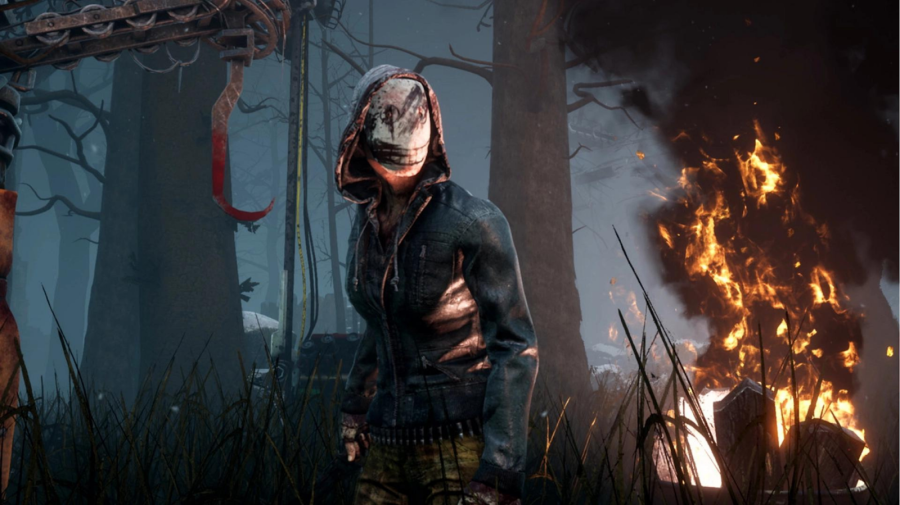
In addition to avoiding the Killer, the Survivors must escape the “Killing Ground”, but that can be a bit challenging since the game map changes each time you play. Of course, that also adds to the frenetic fun. Dead By Daylight also leverages perspective to its advantage. While the Killer plays in first-person, really adding to the thrill, the Survivors are given a better sense of their surroundings by playing the game in a third-person point-of-view (POV).
Silent Hill 2
Much like Resident Evil, Silent Hill is an incredibly influential survival horror series. But, unlike my experience swiping through Resident Evil’s library of games, I had very little trouble selecting which Silent Hill game would make the list. Not only is Silent Hill 2 far-and-away the best in its franchise, but it’s also one of the best video games of all time.
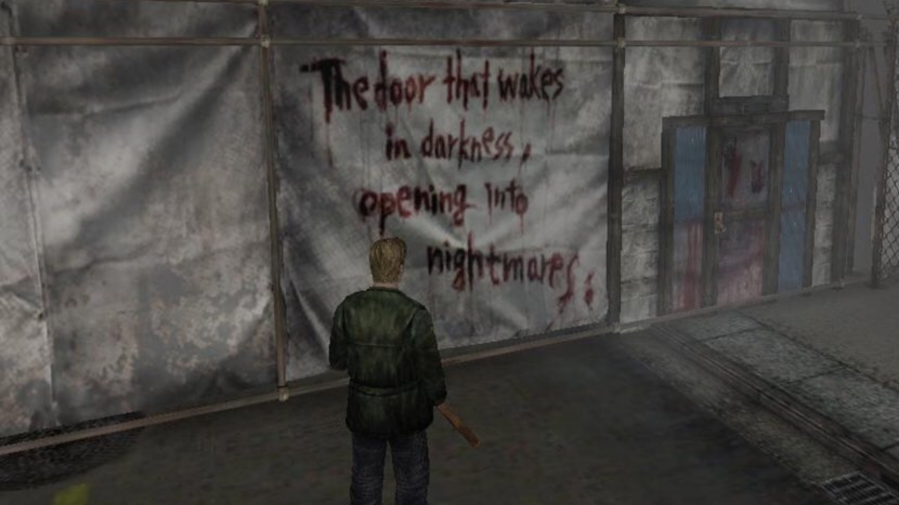
Seriously, if someone doesn’t think games can be considered art, show them this one. (Also, show them Journey and The Last of Us II and Halo and — I could go on and on.) Creators have discussed their influences, which range from Fyodor Dostoevsky’s novel Crime and Punishment to the films of David Lynch, Alfred Hitchcock and David Fincher.
Silent Hill 2 follows James Sunderland, a widower who travels to the titular town to reunite with his dead wife; a letter tells him that she’s there, waiting for him. What’s great about this game, and what made it stand out in 2001, is its focus on the characters’ psychology. Instead of cults or zombies, you get something more inherently intimate — but no less haunting.
BioShock
Set in the underwater city of Rapture, Bioshock is another example of a game that’s Art™. The retro-futuristic, dystopian hit is also creator Ken Levine’s magnum opus of sorts — especially when played alongside BioShock 2 and BioShock: Infinite, which expand the world and its story in very compelling ways. Plus, BioShock borrows elements from a bunch of gameplay genres — role-playing games (RPGs), first-person shooters, survival horror.
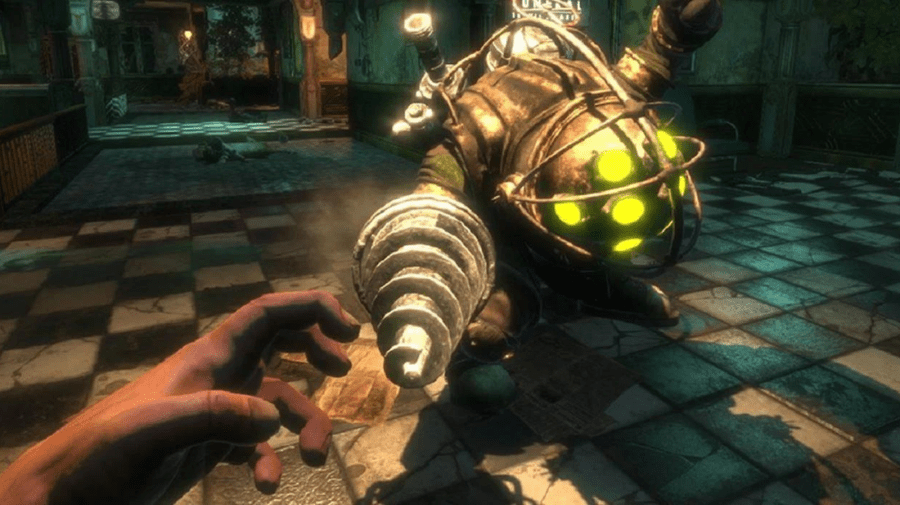
The game pulls quite a bit from 20th-century thinkers — folks like George Orwell and Aldous Huxley, but also Ayn Rand, who serves as the antagonist’s namesake — and is set in 1960. The player character, Jack, survives a plane crash, only to find a terminus that leads to Rapture, an isolated utopia built by business magnate Andrew Ryan. But in building Rapture, Ryan also unearthed a substance known as ADAM; when ingested, it grants superhuman abilities, but it can also result in mental decline.
Needless to say, the Rapture that Jack stumbles into is full of deadly, unhinged enemies, including BioShock’s iconic Big Daddies — immense monsters in diving suits with drill arms. BioShock has one of the greatest “twists” in gaming history; we won’t spoil it, but we will say the interactivity inherent to games is what makes the narrative so memorable.
The Last of Us Part II (and, yes, The Last of Us!)
Okay, I know it’s contentious to put the sequel to The Last of Us (TLOU) on here, but I stand by the BAFTA-winning hit from 2020. In fact, it topped my list of best games of the year when it was released. Of course, we wouldn’t have The Last of Us Part II without the original, which is also a masterpiece. Together, this duology from Neil Druckmann and the folks at Naughty Dog creates one of the best apocalypse narratives in recent memory. Again, the series is Art — capital “A”.
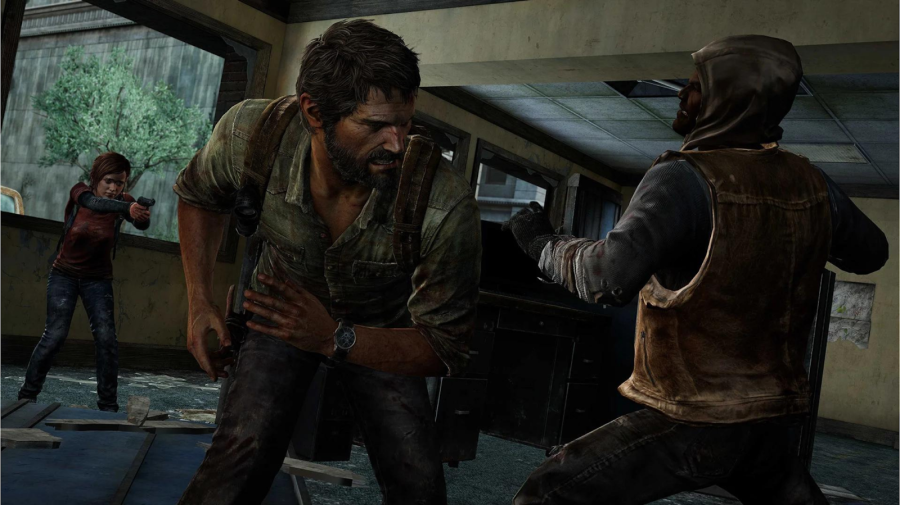
In TLOU, you play as Joel, a hardened smuggler who’s tasked with escorting Ellie, a mature-beyond-her-years teen, out of Boston and across a post-apocalyptic wasteland rife with zombie-like creatures who’ve been infected by a mutated strain of the Cordyceps fungus. As it turns out, Ellie is immune to infection, which means she’s of value to the people developing a cure.
Without spoiling the ins-and-outs, I’ll just say that the sequel picks up several years after the original game leaves off. In Part II, you play as Ellie; she and Joel have settled in a small community of survivors, but she’s still keeping her immunity a secret. Soon enough, Ellie is on a revenge mission — and, yes, this time it’s personal… very personal.
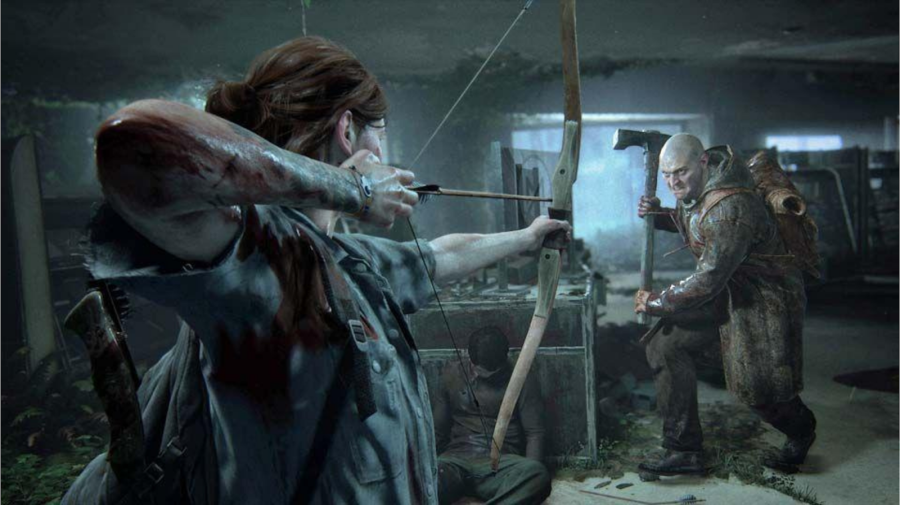
Whether you’re engaging in frantic gunplay or hand-to-shiv combat or playing it stealthy and sneaking around ill-intentioned survivors and Clickers alike, it’ll be a tense ride. While there are various types of infected enemies, the Clickers are perhaps the most iconic; using a groaning, beyond-The-Grudge-creepy form of echolocation, they’ll find you by screeching into the void and listening for any noises you make. And that includes moving too quickly.
The Last of Us Part II is a harrowing apocalyptic epic about the nature of violence and revenge as well as a nuanced queer love story. All of that is wrapped up in a thoughtful narrative structure and top-notch survival horror-style gameplay.
Carrion
Developed by the aptly named Phobia Game Studio, Carrion is described by GameSpot as a “reverse-horror game.” Fire up Carrion and you’ll quickly learn why: An experiment goes awry and you assume control of that experiment — an amorphous, tentacled creature dead-set on wreaking havoc on the scientists (and soldiers) responsible for its imprisonment.
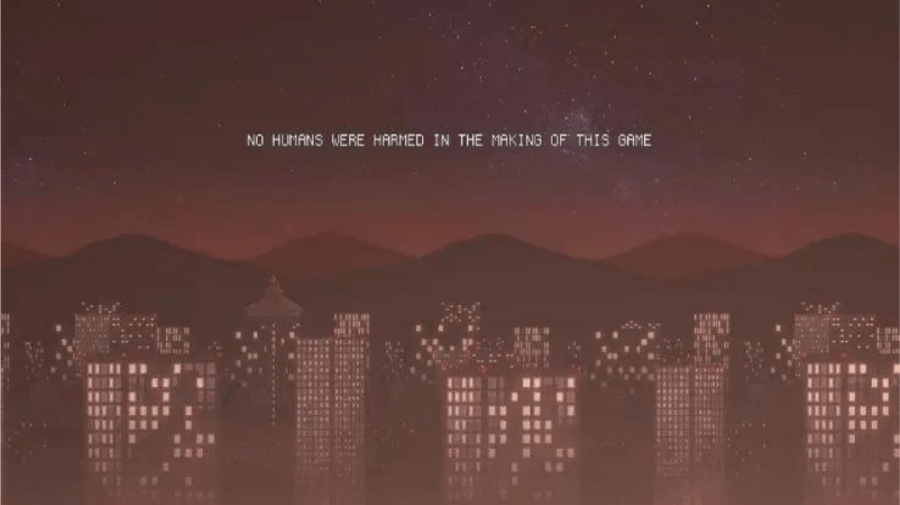
As you crawl through vents and consume all of the humans you come into contact with, be on the lookout for pieces of genetic code, which, when reabsorbed, allow you to gain new abilities. Although light on the story, Carrion does provide glimpses into the creature’s origins, adding an interesting narrative twist on this splatter horror hit.
Slender: The Eight Pages
Maybe you’ve never played Slender: The Eight Pages, but, chances are, you’ve heard of Slender Man. Developed by Mark J. Hadley, the free-to-play first-person indie horror hit is based on the creepypasta meme, Slender Man. Never heard of creepypasta? You must’ve avoided Reddit for the last decade.
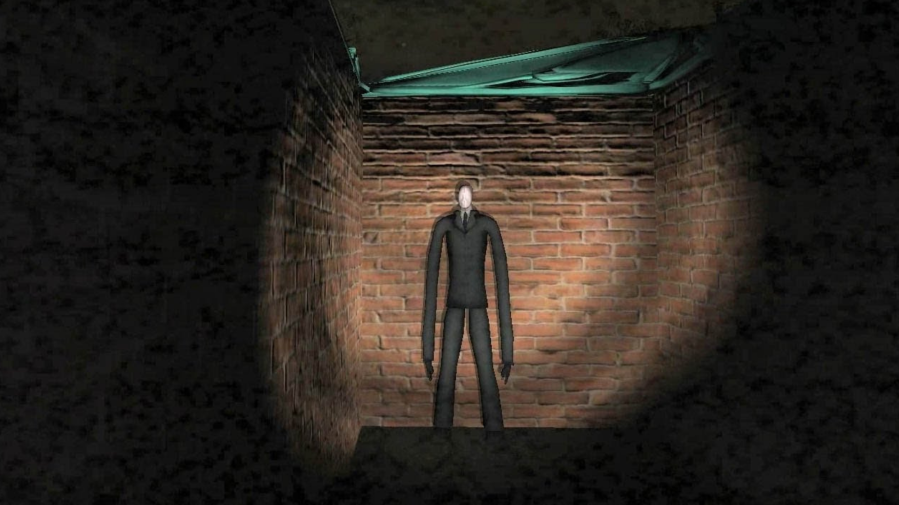
Nowadays, creepypasta is a catch-all term that describes user-generated stories posted on the internet that are intended to scare readers, and blur the lines between fiction and reality. That is, the stories are told in matter-of-fact ways, giving Slender Man, and other figures, a kind of quasi-folklore status.
In the game, you wake up in a cabin in the woods. It’s nighttime, naturally. While being pursued by Slender Man, you’ll scour the forest for the titular pages. But the trees all look the same. And moving too quickly — or not quickly enough — could lead to an encounter with Slender Man, the black suit-wearing, faceless figure (and viral sensation).
8 Other Must-Play Survival Horror Games
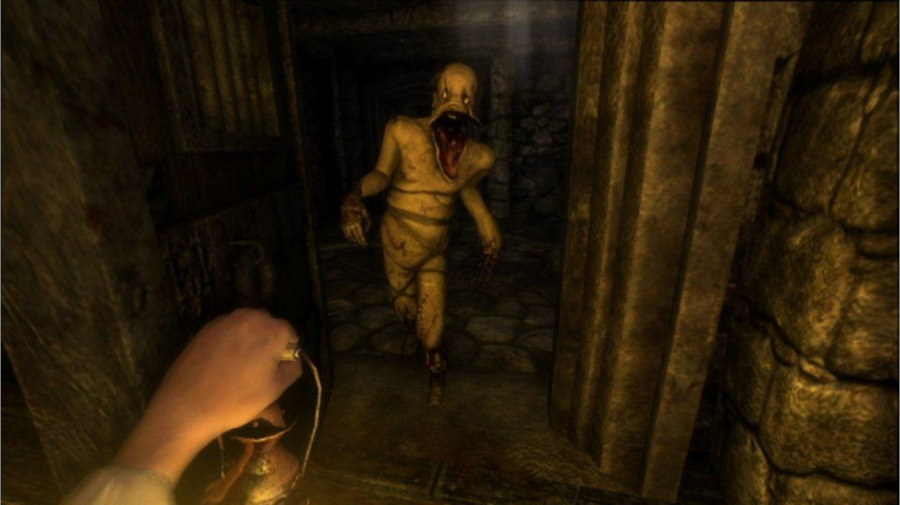
- Amnesia: Dark Descent: Here, you play as Daniel, a man who — surprise, surprise — has lost his memory. As you explore the dark and foreboding Castle Brennenburg, you gradually recall the past — and the grave danger you’re in.
- Left 4 Dead: Love mowing down zombies in video games? Valve’s Left 4 Dead is for you. In it, you’ll play as one of four survivors and fight through hordes of the undead.
- Little Nightmares 2: A sequel to the popular puzzle platformer of the almost-same-name, this game sees you controlling Mono, a boy who braves nightmarish environments to save his friends from the Thin Man.
- Alan Wake: This gripping psychological thriller follows the titular character, a successful author who heads to a small town in the hopes of curing his writer’s block. Of course, things don’t go as planned. Let’s just say, your flashlight will be your best friend (and certainly better than Doom 3’s).
- Returnal: In this third-person shooter you’ll play as Selene, an astronaut who crashes on a less-than-welcoming planet. If you’re looking for something that blends action and survival horror, Returnal fits the bill.
- Fatal Frame 2: Crimson Butterfly: Tecmo’s survival horror entry is undoubtedly a must-play game. Here, you’ll control Mio and Mayu Amakura — sisters who end up lost after following a crimson butterfly into the woods — as they fend off ghosts with a camera.
- P.T.: Developed by Konami, P.T. is perhaps a bit more traditional survival horror than Silent Hill 2. You’re trapped in a house with a ghost and you’ll need to solve puzzles to escape. It sounds simple, but the scares are expertly crafted.
- Layers of Fear: In this first-person psychedelic horror game, you control a painter who’s trying to finish his Magnum Opus. Hinging on exploration, Layers of Fear pushes you to traverse an ever-changing Victorian mansion. To finish that painting, you’ll need to confront, and harness, your memories and horror itself.






